Business owners tend to believe that gaining new customers should be the first priority in business. If this is your mindset as a business owner, you might want to think again. What could be better than gaining more customers? The answer is customer retention! Attracting new consumers is a good thing, but retaining existing customers will yield a higher ROI over time — and it will cost 5 to 25 times less. Your best bet at achieving customer retention is to have a strategy in place. To achieve long-term profitability, the most valuable trait any business can have is repeat-customers. With the economy steadily improving, keeping consumers should be high on a company’s priority list for success. Unfortunately, many businesses lack a simple plan for client retention. The lack of long-term vision may have catastrophic consequences, particularly if the company begins to lose its short-term customers. When is the last time you looked at ways to re-engage clients and encourage them to return? If you haven’t yet developed a coherent customer retention strategy, now is a good time to start. We’ve broken down some of the most effective customer retention strategies that are used by successful companies. We’ll go over all the must-haves that every consumer success/marketing team should implement. Customer retention refers to a set of practices in order to maximize the number of repeat or returning customers and increase the profitability of a current customer. The ultimate goal is to turn one-time consumers into loyal customers and increase their overall lifetime value. Client or customer retention strategies allow you to derive more value from your current customer base. You want to continue to get value from your hard-earned customers by maintaining a positive relationship with them and keep them returning to your product/service. In other words, acquisition builds a foundation of customers, while preservation builds customer partnerships and maximizes sales for each one. How much time and money do you put into your retention strategy? That depends on you. Most businesses place a greater emphasis on acquiring new clients than on keeping existing customers. In fact, approximately 44% of businesses prioritize customer acquisition, while only 18% prioritize customer retention, and 40% prioritize both. Consumer retention is far less expensive than customer acquisition. Companies need a good balance of both client acquisition strategies and customer retention strategies. Think of it this way- the more new customers you acquire, the more customers that you can persuade to stick with your product/service. Repeat buyers account for a large majority of a company’s sales; the more they spend, the more likely they are to buy again. According to one report, customers are just 25% likely to order from the business again following their first transaction. They are 45% more likely to make a third purchase after two sales, and 54% more likely to make a fourth after three purchases. Customer retention strategies are important because it helps you measure customer satisfaction, the quality of your customer service, and if there are any red flags that could scare off potential buyers. Here are some more reasons to focus on client retention as much as client acquisition: A study from Econsultancy shows 82% of businesses states that customer retention is much cheaper than customer acquisition. However, many businesses still opt to invest far more on acquisition than on nurturing existing clients. Retaining existing customers is not only more cost-effective, but such clients continually purchase more over time. According to research, loyal consumers are 23% more likely than average customers to purchase from you. You’ve already persuaded a current buyer to order from you, and the more purchases they make, the more likely they are to spend more money on your business. According to one study, shoppers spent 40% more on their fifth buy than they did on their first. When the customer made their tenth order, they had spent an incredible 80% more. Taking care of your clients and maintaining them over a long period of time will boost your profits. According to data, raising customer satisfaction by 5% will raise revenues by anywhere from 25% to 95%, and current customers account for 65% of a company’s revenue. Customers who are pleased with your business are more likely to tell their friends and family about you. Having a strong customer retention strategy keeps clients coming back, and subsequently boosts word-of-mouth marketing. According to Yotpo, 60% of customers discuss a brand with their families and friends. This is extremely valuable as word-of-mouth marketing will grow your business exponentially. Existing and returning consumers will create more data for your business, which you can use to obtain actionable information that can help you maximize revenues. For example, a current client is more likely to receive a full profile than a new one. This means you can learn more about who they are, why they like your products, and their purchasing patterns. This knowledge can then be used to create marketing campaigns for specific demographics. The strategy you should pursue is heavily influenced by what you sell. The highest consumer lifetime value (CLV) belongs to a shop whose consumers regularly buy high-value products. These are the businesses who stand to benefit the most from a successful customer retention strategy. For example, businesses who sell furniture, vehicles, or houses should focus more on client acquisition. On the other hand, businesses that sell coffee, electronics, pet supplies, or shoes should focus more on customer retention strategies. The stage of your company’s life cycle determines whether you should prioritize customer growth or retention. A business that was established last week will have different priorities from one that has been in business for many years. There’s only one thing you can concentrate on when starting a new business- gaining clients! Your acquisition efforts can totally outweigh your retention efforts at this stage. If you’re just starting out, concentrate on strategies that aid in the expansion of your client base. You’ve attracted buyers and are making occasional profits. You should start introducing retention strategies at this point to motivate each customer to buy more. You can start with retention email campaigns that are designed to persuade a previous client to buy from you again. You now have a steady stream of profits. Now is the time to start thinking about incorporating more retention into the acquisition efforts tactics. Consider launching a referral and/or loyalty program, as well as marketing automation. You now have an established business. While customer acquisition can result in several one-time sales, a retention strategy may encourage consumers to buy more often, increasing their lifetime value. As an established business, you should be thoughtful and intentional about your customer retention strategy. Your business has made it over many hurdles. At this point you’ve most likely implemented systems and automations. Now is the time to put a lot of emphasis on retention. Customers avoid buying from a company for a variety of reasons, but they all fall into one of a few categories. CallMiner’s Consumer Churn 2020 study highlights the three main reasons for customer churn: At the top of the list are customers who have been mistreated or disappointed by a business. For example, a customer may not return because of inefficient customer assistance or ineffective process automation. Price is one of the most important factors that influence customer turnover. Your business may lose customers if your competition offers superior service for a cheaper price. Customers typically want to speak to a live person when they have an issue or question. A customer’s specific needs often cannot be met through searching for answers on a website or engaging with a bot. In fact, these methods can leave a customer feeling unheard and frustrated. Customers are mindful of the effort you make you keep them coming back. You will dramatically increase customer churn rates if the overall customer experience fails to provide benefits, incentives, or personal engagement. Understanding the underlying metrics is crucial to increasing your customer retention rate. So what metrics should you track? How will you track your customer retention rate? What can you do to improve your retention rate? Here are three of the most common customer retention metrics to track in your customer retention strategies: Customer retention is based on the percentage of customers that return. It measures the number of consumers who are likely to buy from you again. Measuring your repeat purchase rate is a great way to see how successful your retention strategy really is. How to measure repeat customer rate Estimating the repeat customer rate is simple and only needs two things: Calculating it will look something like this: Number of Customers That Purchased More Than Once / Number of Unique Customers Purchase frequency indicates how frequently consumers return to the store to make purchases. This is particularly critical when you know that repeat buyers will account for a large portion of a store’s annual sales based on the product line. How to measure frequency of purchases Calculating the purchase frequency of your business is similar to determining the repeat purchase rate. Divide your cumulative number of sales by the number of unique customers within the same time period as the recurring transaction volume. Calculating it will look something like this: Number of Orders Placed / Number of Individual Customers If you’ve figured out your repeat purchase rate and frequency, it’s time to optimize the value of each of those sales. The average order value is a statistic that measures how much money a customer spends in your business with each purchase. How to measure average order value Your average order value can be determined using the same time frame as your repeat purchase rate. After that, just divide your annual revenue by the amount of orders the store processed. Calculating it will look something like this: Total Revenue Earned / Number of Orders Placed Retention marketing’s main goal is to increase customer value. Customer value is the cherry on top because it reveals how much each customer is worth. You must also know the purchase frequency and average order size in order to calculate this. You’ll see the rewards of your efforts and appreciate the strength of retention marketing by multiplying these two factors together. Purchase Frequency x Average Order Value = Customer Value Now it’s time to grow your business by applying these metrics to your customer retention strategy! Customer retention rate (CRR) indicates the number of consumers that a brand has maintained over time. To measure your customer retention rate, you can deduct the amount of new customers gained from the number of customers left at the end of the period. Divide the figure by the total number of customers at the start and multiply by 100 to get the figure. This should always be a top priority for big and small businesses. Customer satisfaction is a result of excellent customer service and a satisfying experience. You have a fair chance of optimizing and setting positive customer retention standards if you provide a good experience that is consistent and reliable. The consumer experience encompasses each interaction a business has with a customer. This includes, but is not limited to, website browsing, customer service interactions, and final purchases. Positive customer experience is critical to growth. You can improve your customer retention strategies by doing the following: Businesses that establish emotional bonds with their customers are the ones that stick. In terms of revenue, companies that use emotional connections outperform their rivals by 85%. Trader Joe’s is a company known to have great customer service. Why else would Trader Joe’s have such a huge cult following? They always put their employees and customers first! Team members receive outstanding incentives and promotional opportunities, and consumers profit from the company’s private-label strategy. According to a survey conducted by the Corporate Executive Board, mutual beliefs were cited as the primary explanation for 64% of customers who said they had a relationship with a company. The majority of consumers favor brands and businesses that are similar to them in any way. Implicit egotism is the term for this unconscious bias. When your business doesn’t stand for anything, customers will be more likely to dismiss you. If you want loyal clients, you must establish genuine relationships with them by connecting with them through shared beliefs. What do you want your business to be known for? It would be easier to attract consumers who share your ideals if you connect with them and make them a part of your brand. TOMS’ whole corporate model is focused on making the planet a happier and better place. The brand offers a “One for One” policy. This means they give out a pair of new shoes to people in need for every pair of shoes bought, and have donated over 60 million pairs of new shoes to date. As you can see, they’re also releasing a new unity collection that supports the LGBTQ+ community. We as consumers are now more concerned about the altruistic and environmental consequences of our purchasing patterns. We are placing an increasing emphasis on doing good. Pay attention to what people care about and place the brand behind it. It’s hard to improve what you don’t know, and that goes for business too. It’s important to know how your customers feel about your business so that you make changes accordingly. You’ll need a system in place to collect customer reviews for your own review and to share with the rest of the company. A consumer feedback loop is useful in this situation. It’s a method for gathering, reviewing, and disseminating consumer feedback and surveys. Gathering feedback and diagnosing potential discontent is a good place to start while trying to figure out what needs to be improved with the overall user experience. Customer reviews can be obtained in a variety of ways. Customers can be asked to engage in user testing, surveys, and focus groups. If you use a couple of these approaches on a regular basis, you should be able to get plenty of useful consumer input. Once you’ve collected feedback, examine the data for patterns in consumer behaviour and other aspects that will help you improve the user experience. Then, pass this knowledge along to the teams or employees who would benefit most from the information. For example, product feedback can be circulated to engineers and production departments so that defects in the product’s design can be addressed. Your company can effectively counter feedback and enhance the consumer service by using this method to gather and post customer reviews. Customers love and appreciate it when you ask for their feedback. It shows that you care about them and are willing to make their experience even better. If you take a look at the example above, you can see how Skillshare often emails their users asking for reviews or to answer a simple survey to improve their services further. This small thing improves the customer service experience and tells your customers that you care. Even if your clients aren’t reaching out to you to give comments or feedback, you can still communicate with them on a regular basis. Consider using a communication schedule to keep track of client interactions and identify up-sell and cross-sell opportunities. A communication calendar records your consumer communication and interaction. It informs you when a customer last contacted you and notifies you when current consumers haven’t connected with your brand in a while. This makes it simple to roll out exclusive deals and proactive customer care features that eliminate roadblocks before consumers are even aware they exist. For example, if a customer’s subscription is about to expire you can send them an email reminding them that they need to update their membership. Netflix does a great job of this by consistently emailing their users with updates such as new movies. A business newsletter, just like Netflix’s, is a convenient and cost-effective means of retaining clients. You may use email automation to deliver alerts or discounts to all of your customers at once. You can send the email using an RSS feed on a set frequency so you don’t have to keep sending emails manually. Check out Sunnies Studios stunning email newsletter. It’s sleek, simple, and effective. “Proactively providing information about how to eliminate problems or get something out of your product” increases the likelihood of repurchase or recommendation by 32%. It’s critical to have tools that make learning how to use the product or service simple for new consumers. There are a variety of methods for teaching new consumers how to use the product: Here’s an example in the form of a blog. Figma often updates their blogs with mini tutorials and new feature introductions to educate their users. They also have a YouTube channel with tons of tutorials. Customers should be rewarded for their continuing loyalty with a customer loyalty program. It’s a simple thing to add to your customer retention strategy; the more customers shop and engage with your business, the more rewards they’ll receive. This makes consumers feel like they’re getting more than just the product or service out of the experience. Your loyal consumers spend far more than the majority of your client base, so it’s important to keep them satisfied. The trick to designing successful loyalty programs is to understand why people use them and what keeps them coming back. Fortunately, there is a wealth of information available on consumer loyalty programs. Do your research to ensure that your program is set up properly for a successful start. Give your most devoted consumers a head start The Endowed Progress Effect study by Joseph Nunes and Xavier Dreze shows that the most challenging part of developing an effective loyalty program is motivating customers to participate in the first place. People like becoming VIP members, according to additional analysis by Dr. Nunes on retention services. However, this only applies if people are aware that there are others who aren’t part of the VIP club. Nunes saw a significant uptick in gold or VIP members’ attendance as soon as he introduced a silver class, which he attributes to human nature. People are more likely to partake in anything if they are branded with a positive trait, according to Stanford University research on voting habits. Starbucks is one brand that’s known to give great rewards/loyalty programs to their customers, and they’ve clearly reaped the benefits. The opportunity to have a unique, customized experience for the consumer is critical to a brand’s success. 79% percent of consumers are willing to share valuable knowledge about themselves in return for contextualized experiences in which they are easily recognized and understood. A great way to learn more about consumers is having them create personal accounts. Personal accounts customize the consumer experience while also encouraging the consumer to continue to buy from you. Another easy way to incorporate a sense of personalization is through the use of product reviews focused on consumer behavior. Most of Spotify’s services leverage on personalization, and its users love it! Creating an account or using the service already informs Spotify of the kind of music you like, what songs you might want to listen to, and more. This customized and convenient experience makes users want to keep coming back. Saying thank you to your customers goes a long way toward creating a personable and unforgettable brand. Thank you notes are a basic but successful consumer retention tactic that separates faceless websites from well-known brands. Chewy is a brand that thanks their customers with handwritten notes. Their customers often share these notes in posts online- it’s obvious that customers appreciate these efforts! There’s always going to be a variety of customer retention strategies available, but there are no shortcuts. The customer retention strategies discussed above should ideally provide you with some new perspectives on retention. Understanding why customers leave is the first step in preventing customer churn. Once you have that down, you’re ready to create a customer retention strategy to help your business succeed! Looking for more content like this? Check out our blog here!Customer Retention Strategies: How To Increase Your Client Retention
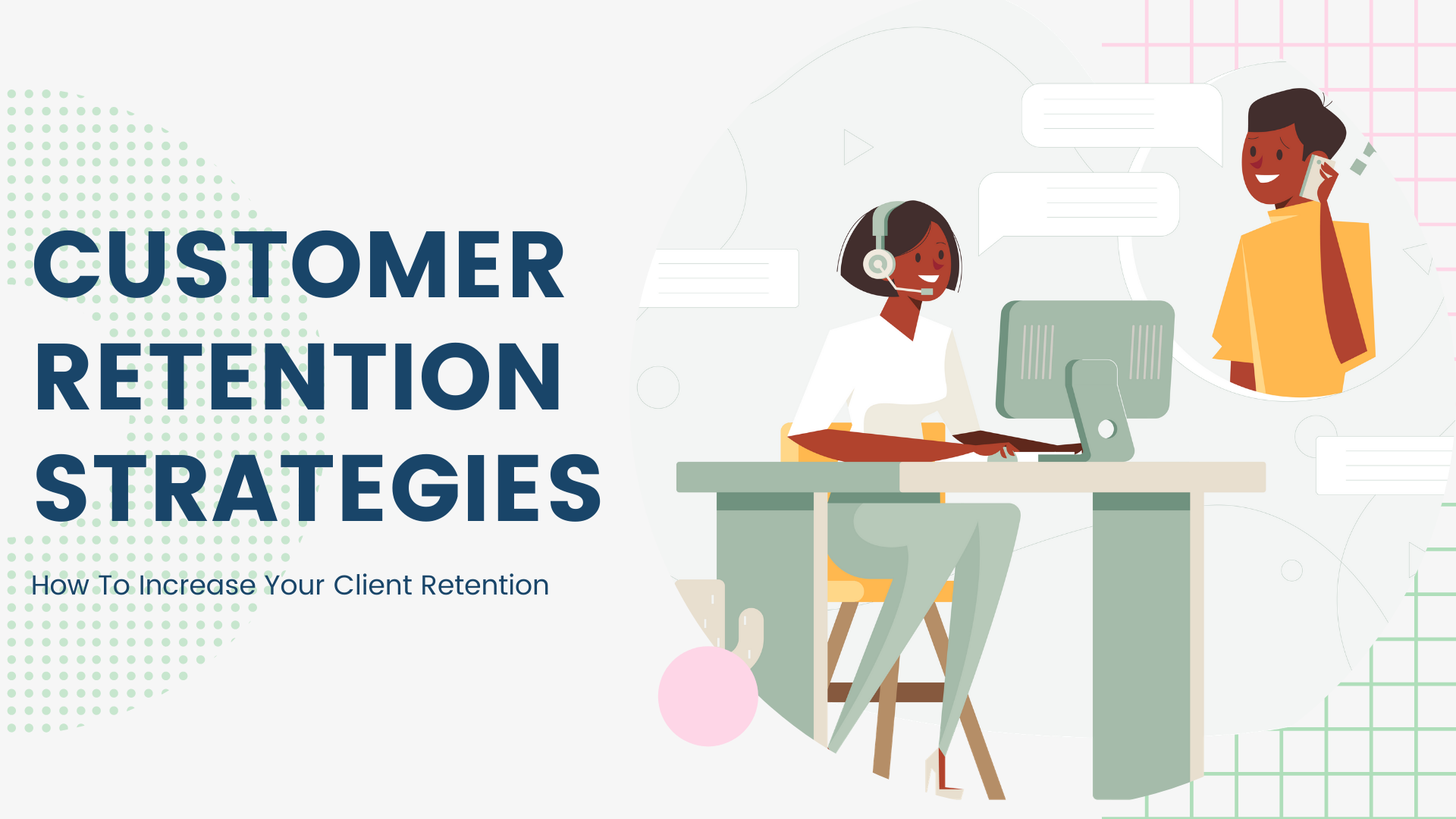
“When you are trying to sell a product, you have a 60-70% chance of making a sale with a returning customer. The probability of the same with a new customer is 5-20%.”
What is customer/client retention?
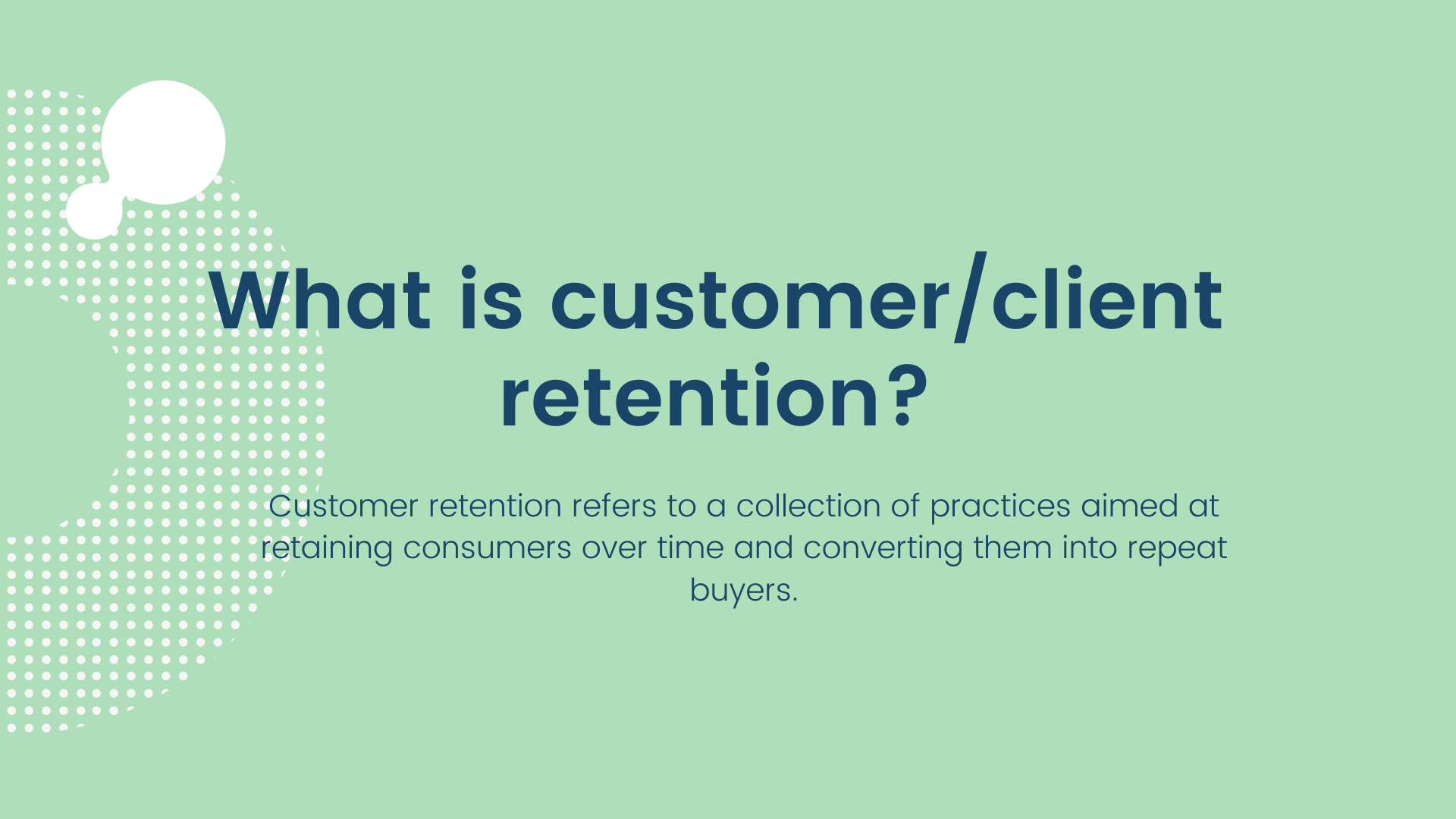
Why you need a customer retention program

Customer retention is much cheaper than customer acquisition
Increased average order value
Repeat customers tend to spend more
Word-of-mouth & Brand loyalty
Better client data
How retention fits your business
When to focus on customer retention

You’re just getting started
Gaining momentum/traction
Consistent
Established
Well-established
Why do customers leave?
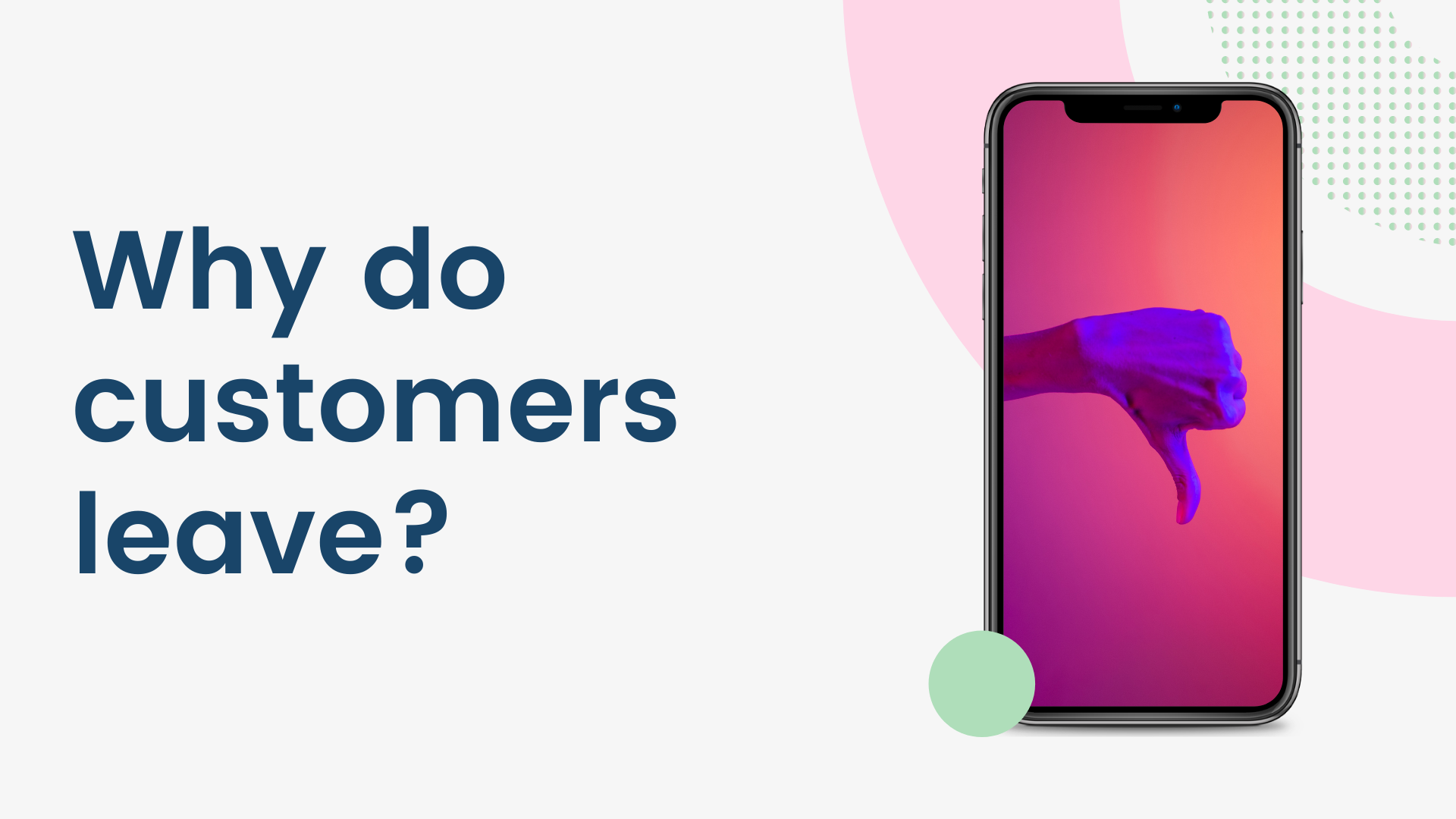
Bad customer service
Cost has power
Live person engagement
Customer retention metrics to track
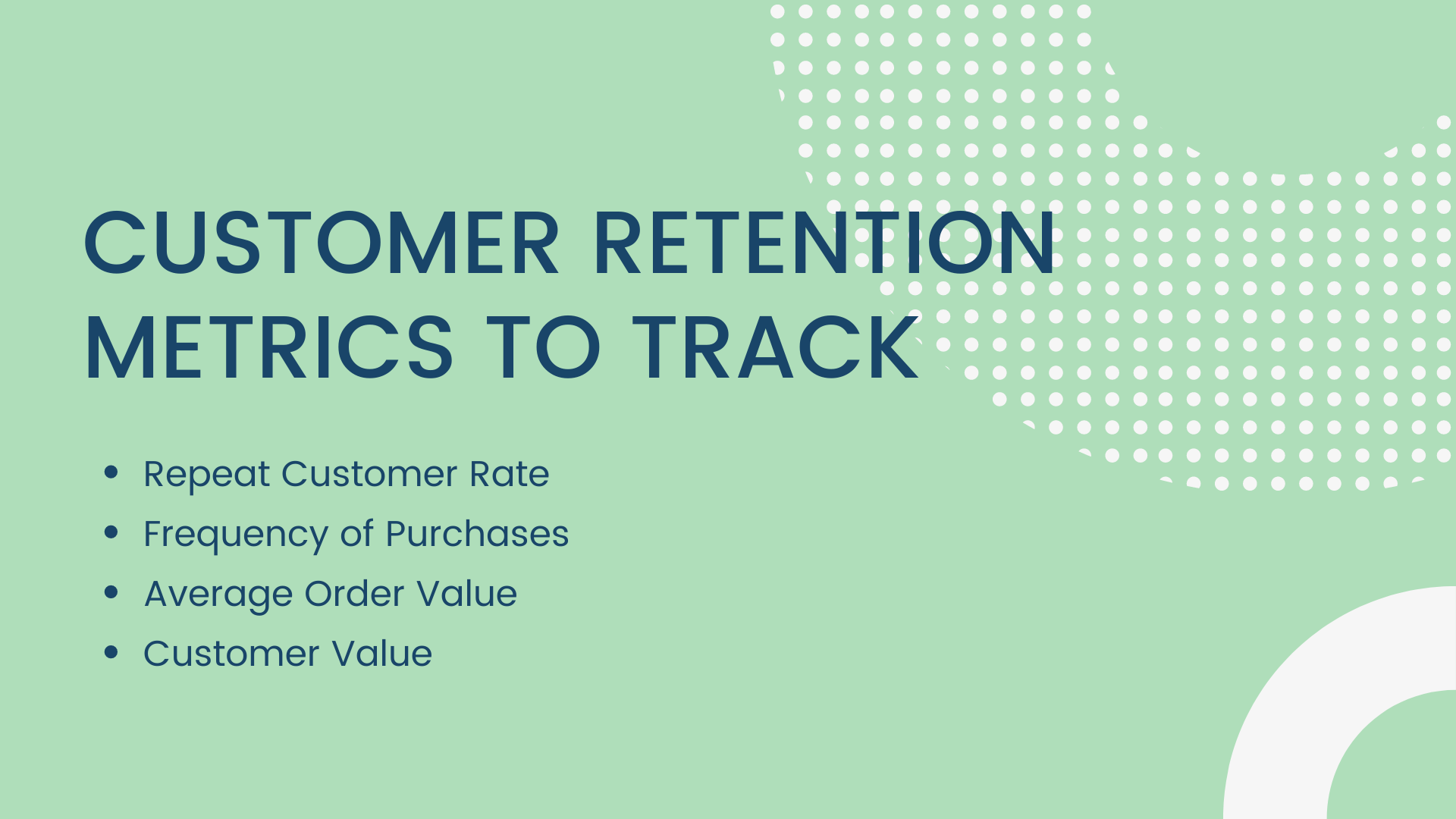
Repeat customer rate
Frequency of purchases
Average order value
Customer Value
How to calculate your customer retention rate
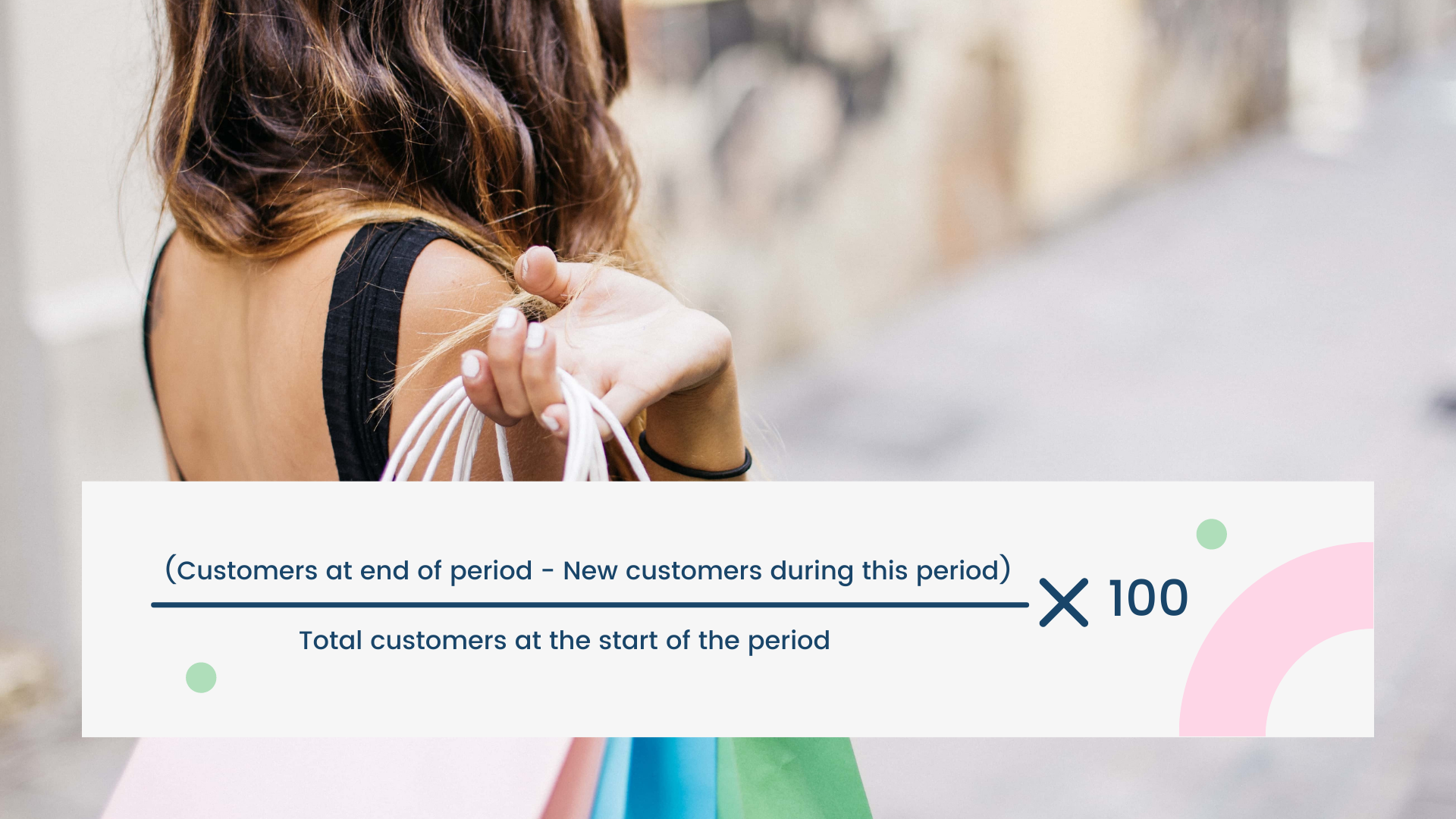
8 Simple Customer Retention Strategies + Examples
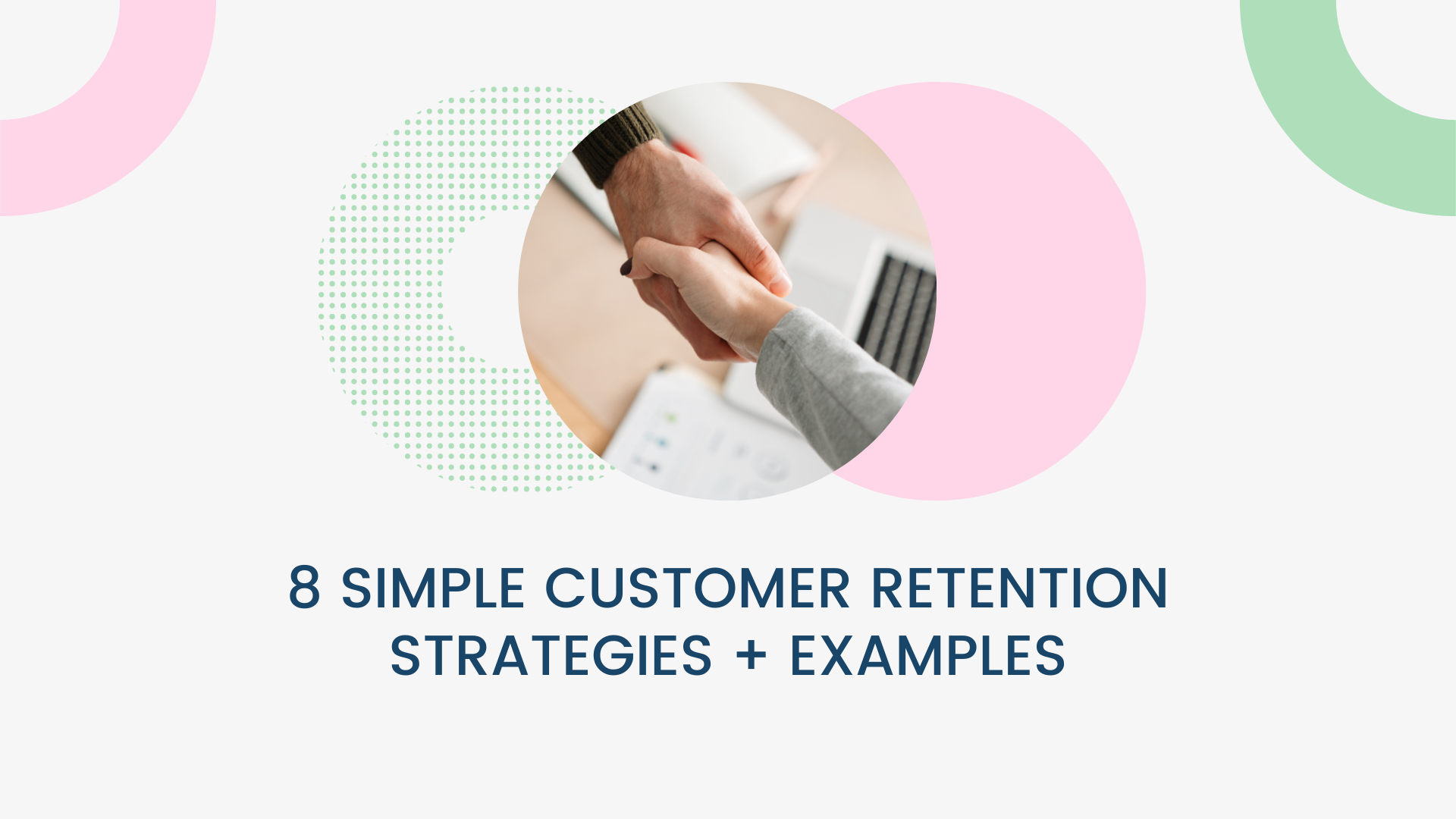
Customer Retention Strategies– Start with great customer service
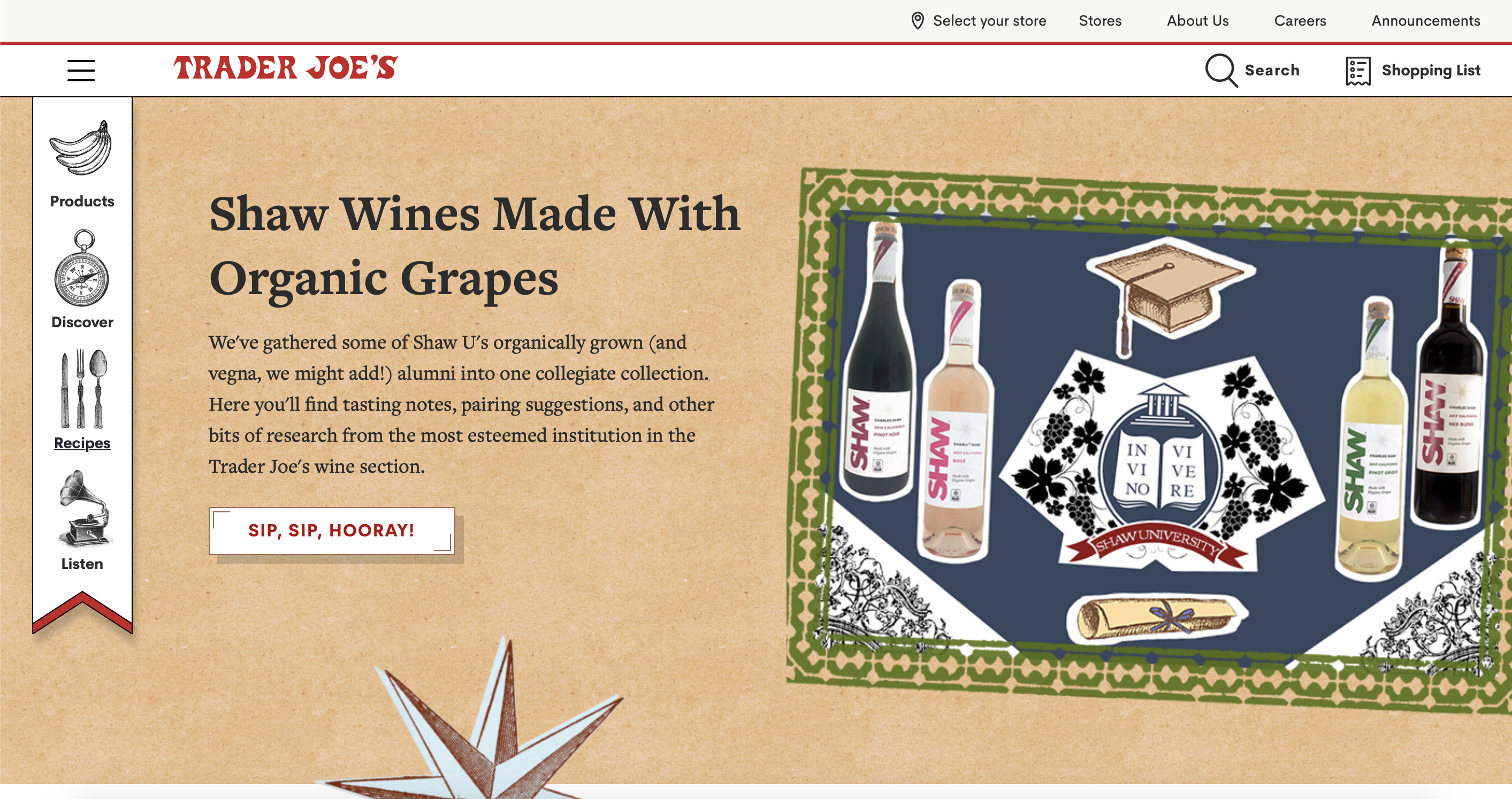
Customer Retention Strategies– Be an advocate!
Check our blog about brand activism here!

Customer Retention Strategies– Gather reviews and feedback from your clients
“I think it’s very important to have a feedback loop, where you’re constantly thinking about what you’ve done and how you could be doing it better.”
– Elon Musk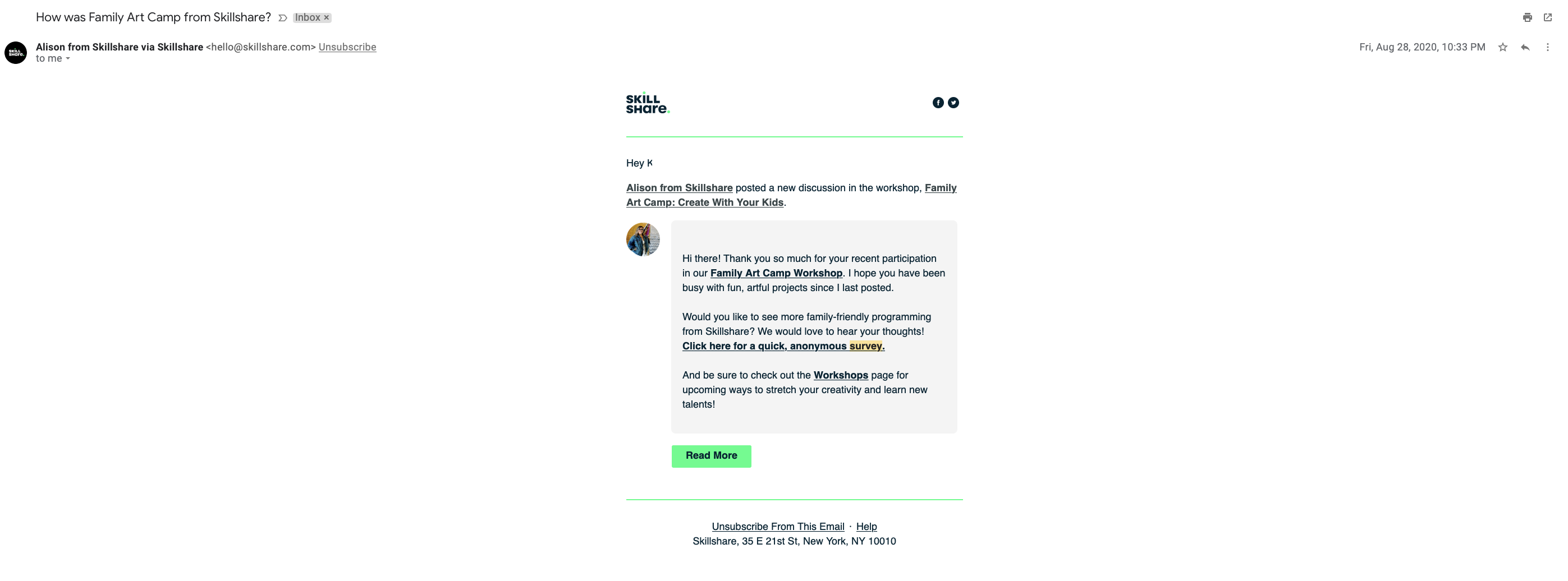
Customer Retention Strategies– Maintain communication with your customers/clients

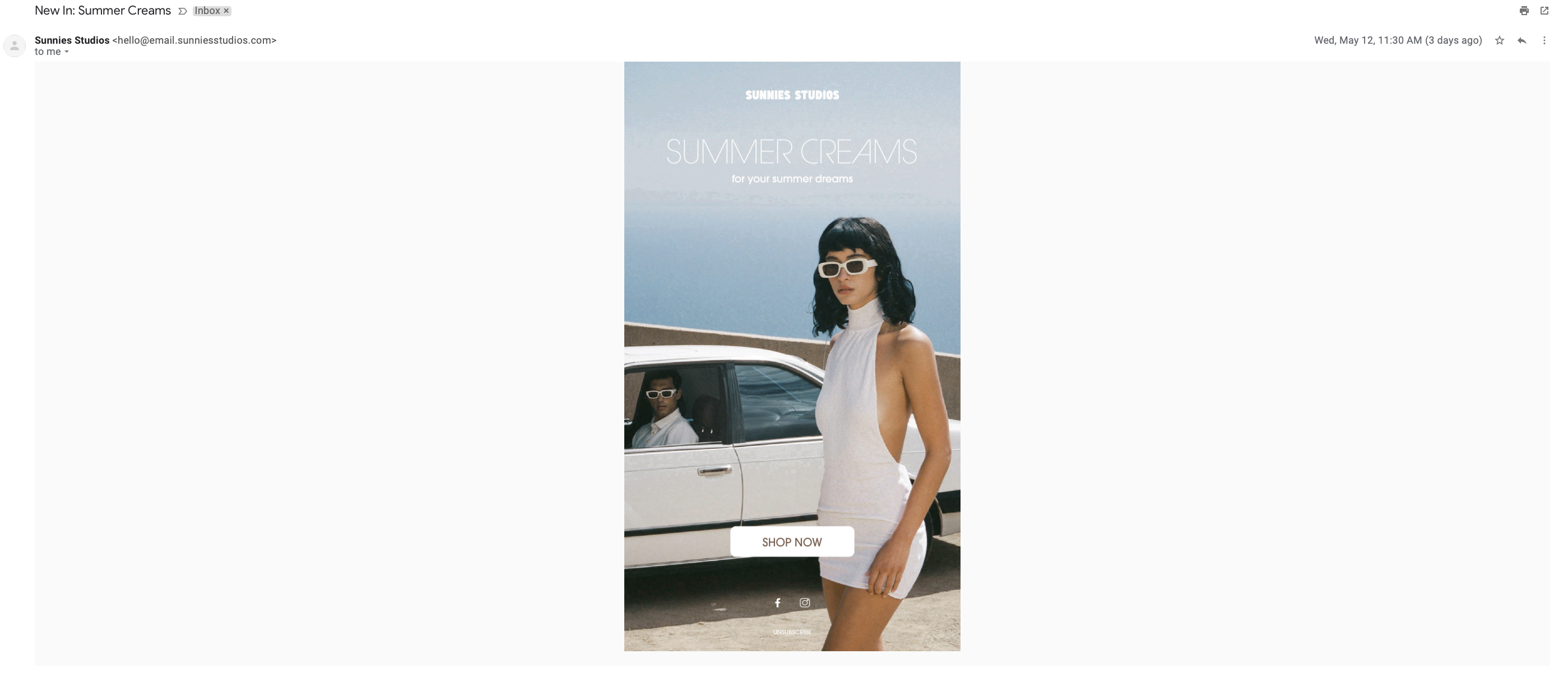
Customer Retention Strategies– Educate your customers


Build a customer loyalty program
Let your dream clients feel like VIPs.
Assign optimistic labels to your clients.

Personalize!
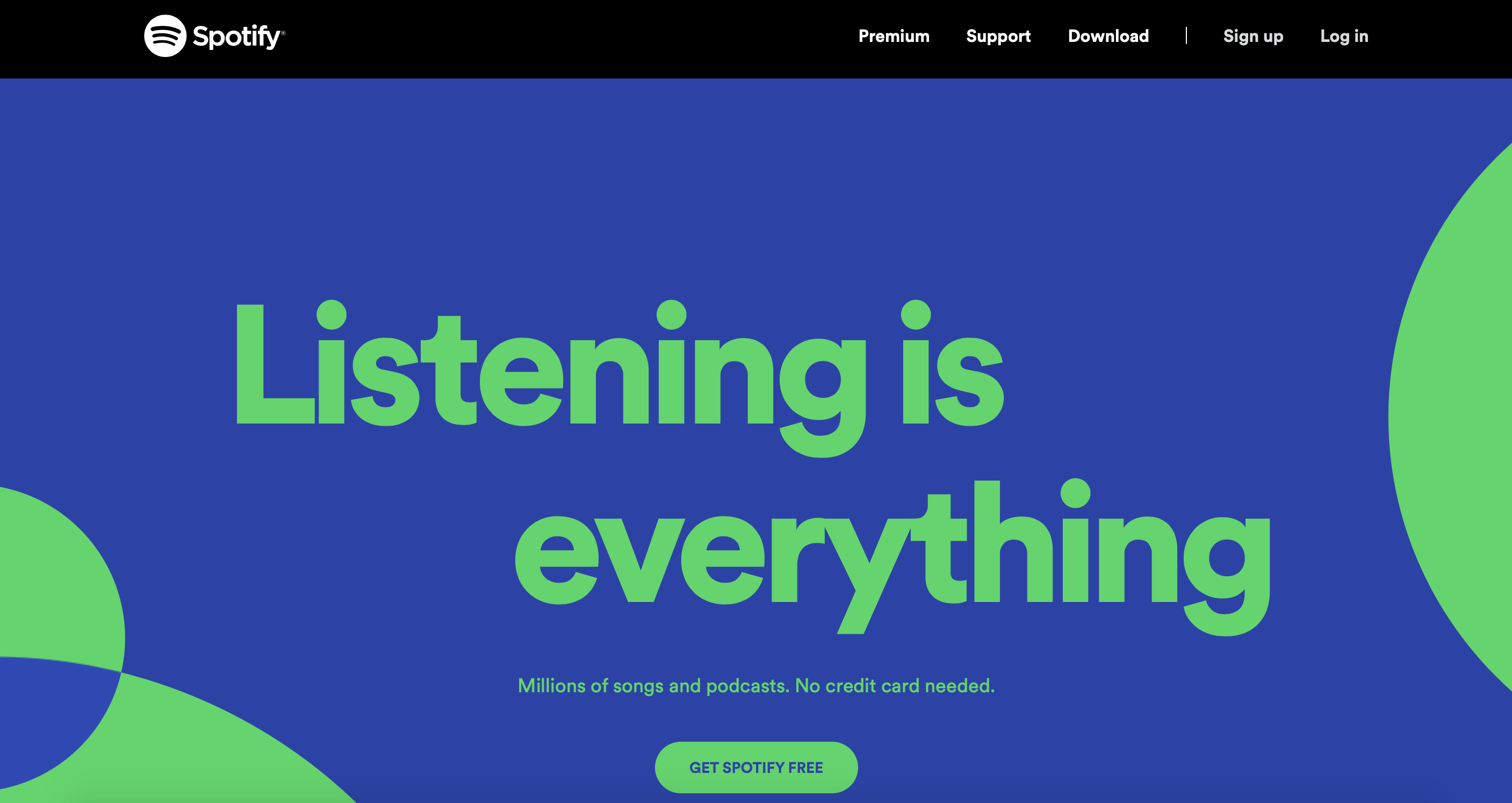
Thank your customers
Reduce your churn rate & increase customer retention
With Just Digital,
Success is Easy-Peasy Lemon-Squeezy.
When life gives us lemons, we generate results. Contact us today and we can start making lemonade.







